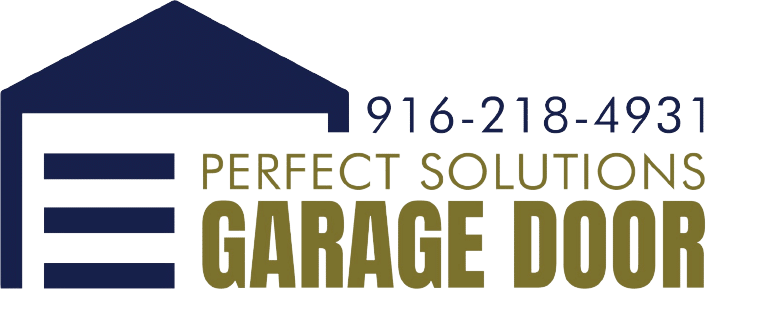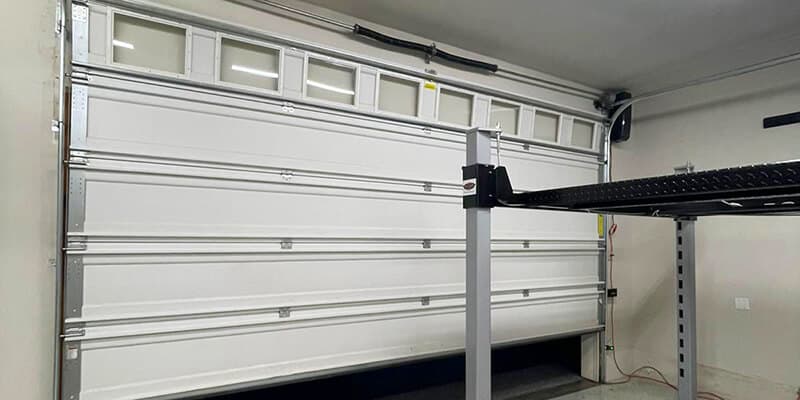Garage doors, though often overlooked, play a pivotal role in the safeguarding of one’s home and its contents. The functionality of these doors hinges significantly on an intricate system of springs that bear the weight and ensure smooth operation. These springs, while robust, are subject to wear and tear over time or due to improper usage leading to a plethora of issues.
Failure in addressing these problems promptly could result not only in reduced effectiveness but also potential safety hazards.
To mitigate such risks, understanding the common problems associated with door springs and their respective solutions is paramount. This article will delve into identifying these frequent issues along with providing practical guidance for resolving them. It aims to equip homeowners with a comprehensive knowledge base pertaining to garage door mechanics – specifically focusing on spring-related troubles – thereby promoting a sense of shared responsibility and community among readers who face similar challenges.
Identifying Common Problems Related to Door Springs
Upon observation, it becomes apparent that recurring issues related to garage door springs often manifest in the form of undue strain on the door’s mechanical components, leading to telltale signs such as irregular movement, uncharacteristic noises or outright failure to function.
The conundrum lies within the intricacies of these crucial components; when subjected to frequent use and temperature fluctuations, they can succumb to wear and tear more rapidly than anticipated.
Another manifestation is a misalignment which may occur over time due to gravitational forces exerted on the door. These malfunctions not only affect the smooth operation of your garage door but may also pose potential safety risks if left unattended.
To delve deeper into this matter, one must understand that there are two types of garage door springs: torsion and extension springs.
Torsion springs work by twisting, creating a form of potential energy which offloads the weight of the door onto the sturdy metal shaft located above your garage entrance.
Conversely, extension springs extend and contract along with your garage doors’ opening and closing movements using pulleys.
A clear sign indicating an issue with torsion springs is a sudden drop or slow rise in your garage door’s movement while operating it manually without any motor assistance.
On another note, if extension springs are faulty, one would notice uneven opening or jamming during automatic operations.
Recognizing these signs early on enables homeowners or building managers to seek professional help before a small problem snowballs into something far more serious – potentially causing damage not just limited to property but at times even life-threatening incidents due to unexpected failures under tensional force.
Regular checks for rusting parts, unusual sounds during motion or asymmetrical alignment when stationary should be incorporated into routine maintenance practices for optimal functioning longevity of these key elements in our everyday lives’ convenience system – notably speaking about our much relied upon garage doors which secure cars from weather extremes outside whilst also serving as an additional entryway for some households.
Practical Solutions for Fixing Spring-Related Problems
Practical solutions for remedying spring-related problems encompass a range of methods, starting from simple adjustments to complete replacement.
For minor issues such as loose or squeaky springs, tightening the tension on the spring using adjustment screws can alleviate the problem. However, it is paramount to exercise caution while performing this task due to the high tension in these components.
Lubrication of garage door springs can also mitigate squeaking or grinding noises produced during operation. The utilization of a high-quality silicon-based lubricant is recommended for optimal results.
In situations where the spring exhibits signs of extensive wear or damage, such as visible gaps or irregularities in shape, replacement becomes necessary. It is advisable not to handle this task without professional assistance due to its complex nature and associated risks involved with improper installation. Torsion springs are under significant pressure and demand specialized tools and skills for safe removal and installation procedures. Engaging an experienced service provider will ensure proper alignment, balance, and tensioning of new springs.
When contemplating maintenance practices for garage door springs, one must remember that prevention often serves as the best remedy against malfunctioning components. Regular inspection schedules should be established to detect early signs of wear or maladjustment in these pivotal parts before they escalate into bigger problems that might necessitate costly repairs or replacements. This proactive approach towards maintaining garage door functionality will pay dividends by extending its lifespan and providing peace-of-mind knowing potential issues have been addressed promptly and efficiently.
https://perfectsolutionsgaragedoor.com/replacing-garage-door-springs-professional-advice-and-methods/
https://perfectsolutionsgaragedoor.com/indicators-that-its-time-for-garage-door-springs-replacement/

